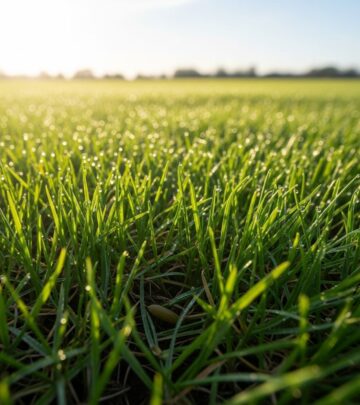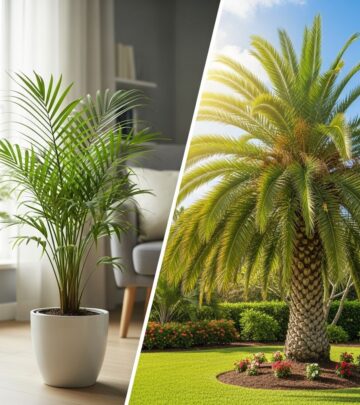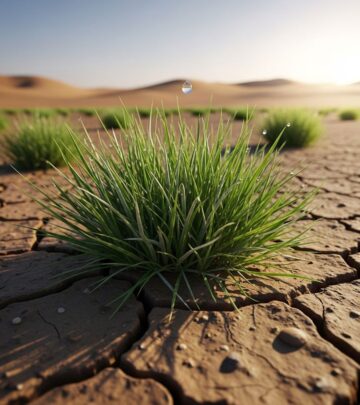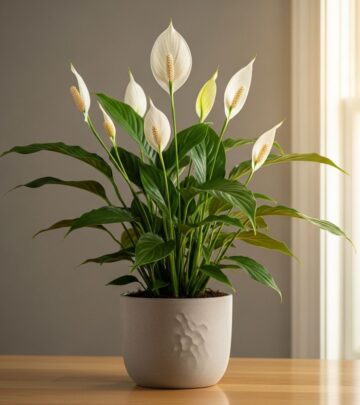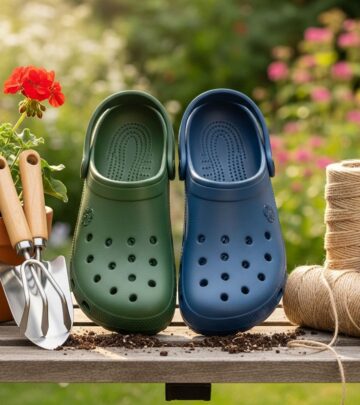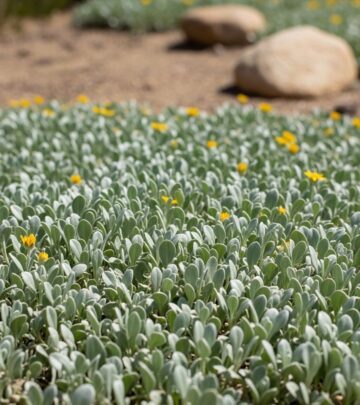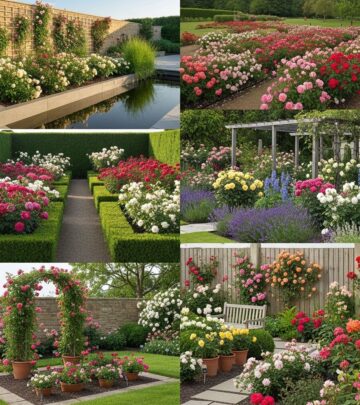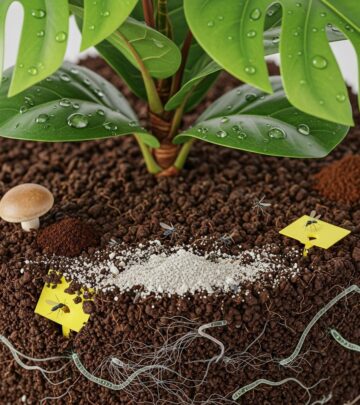5 Ingenious Ways to Use Eggshells in Your Garden: Pest Control, Mulch, and Fertilizer
Turn leftover shells into eco-friendly barriers and nutrient boosts for vibrant greenery.
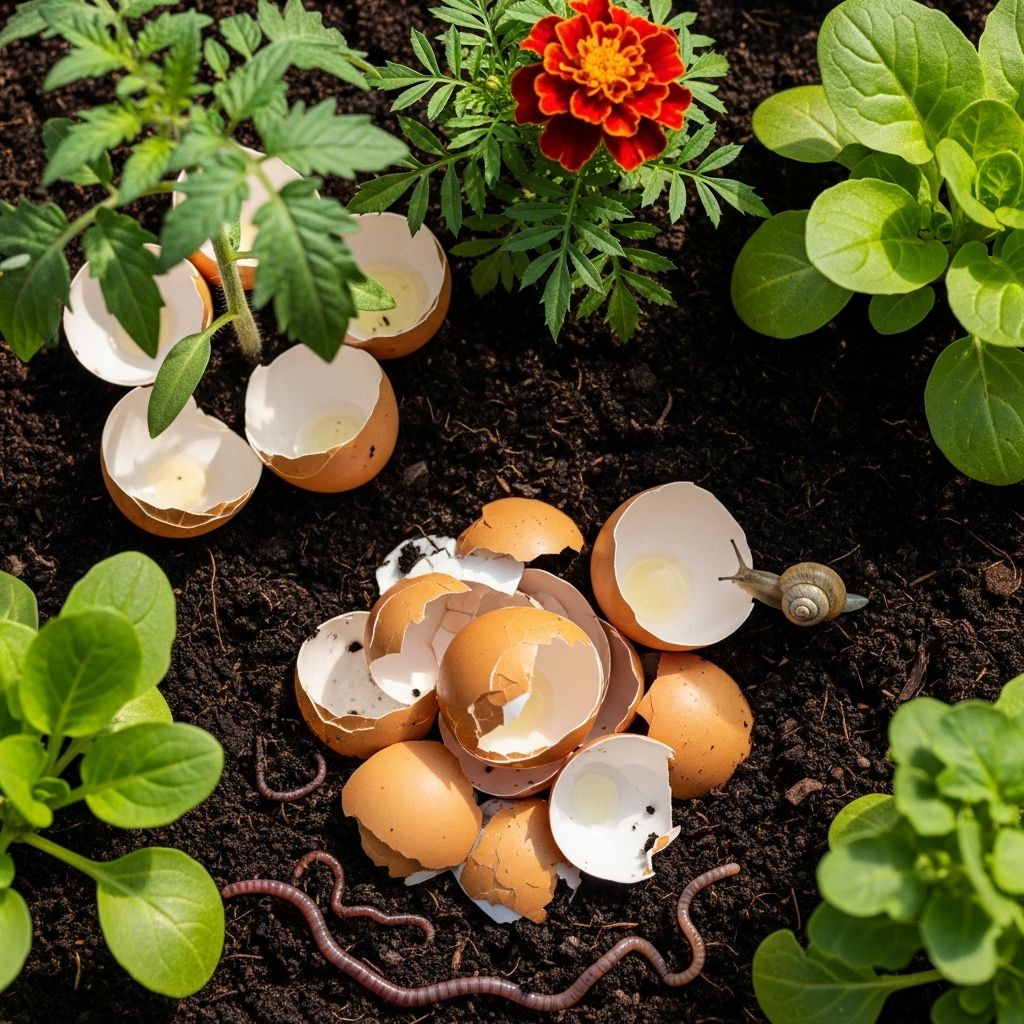
Image: HearthJunction Design Team
Eggshells are a humble yet powerful resource in the garden, transforming kitchen waste into an arsenal for plant nourishment, pest control, and sustainable gardening practices. Below are five inventive methods for harnessing eggshells to boost your garden’s health, prevent pests, enrich the soil, and support seedlings—all the while reducing waste and promoting a closed-loop system.
1. Eggshells as Natural Pest Control
Crushed eggshells are a time-honored, organic method to deter pests such as slugs, snails, cutworms, and other crawling insects that can damage tender seedlings and vegetable plants.
- How It Works: The sharp, jagged edges of crushed eggshells irritate and injure the soft bodies of pests like slugs and snails. When these pests crawl over a barrier of shells, the cuts in their skin cause them to dehydrate and die, much like the effect of diatomaceous earth.
- Application: After use, rinse your eggshells thoroughly and let them dry. Once dried, crush them into small pieces using your hands, a rolling pin, or a food processor. Sprinkle the crushed shells in a ring around susceptible plants or across garden beds where pests are an issue.
- Benefits: This method is completely chemical-free and safe for children, pets, and beneficial wildlife. It repurposes waste while providing simple, effective pest suppression.
Tip: Reapply eggshells after heavy rain, as water can wash away your pest barrier.
2. Eggshells as Mulch
Mulching is vital for moisture retention, weed suppression, and improving soil quality and appearance. Eggshells can function as a supplemental mulch, particularly for small gardens or potted plants.
- How It Works: Coarsely crushed eggshells spread over soil help cover the ground, reducing evaporation and acting as a physical barrier to weeds.
- Application: Crush eggshells into larger chunks and spread them in a thin, even layer around the base of your plants or across raised beds. For an aesthetic touch, aim for uniformity in the shell size and distribution.
- Benefits:
- Reflective shells can help deter certain insect pests that dislike bright light.
- Eggshells gradually break down, adding crucial minerals to the soil as they decompose.
- They visually brighten and define planting beds.
If controlling slugs and snails has become a challenge, enhance your knowledge by checking out our comprehensive guide to proven organic solutions for pest control. This resource dives into effective strategies that work alongside eggshells, helping you create a pest-resistant paradise in your garden.
Note: Mulching solely with eggshells is rarely enough, but in combination with other organic mulches, it enhances both aesthetic and functional value.
3. Eggshells as Fertilizer
Eggshells are a superb source of calcium carbonate—a critical mineral for healthy plant development, particularly for tomatoes, peppers, eggplant, and flowers like roses.
- Main Nutrients: Eggs are naturally rich in calcium, potassium, magnesium, and trace elements, which are released into the soil as the shells decompose.
- How to Prepare:
- Rinse shells to remove egg residue and let them air-dry completely.
- Grind shells into a fine powder using a mortar and pestle, blender, or food processor—smaller particles break down faster in soil.
- Sprinkle powder directly over soil or mix into the planting hole when transplanting seedlings.
- Key Benefits:
- Provides essential calcium to prevent problems like blossom end rot in tomatoes and peppers, which occurs due to calcium deficiency.
- Supports robust, healthy cell wall formation in plants.
- Offers a slow-release mineral supplement that will not burn plants.
Eggshell fertilizer works best as part of a balanced soil enrichment plan, supplementing rather than replacing comprehensive organic fertilizers.
4. Eggshells as Seed Starters
Eggshell halves make charming, biodegradable seed-starting pots, ideal for giving your garden seedlings a strong start.
- How to Prepare:
- Crack raw eggs as close to the top as possible, preserving the deeper part of the shell for your seed pot.
- Rinse shells gently to remove any egg white or yolk, then let dry.
- With a needle or thumbtack, prick a small hole in the bottom of each shell for drainage.
- Fill each shell with a sterile seed-starting mix and plant seeds according to packet instructions.
- Arrange shells in an empty egg carton to keep them upright, providing stability as seedlings grow.
- When seedlings are ready to transplant, gently crush the base of the shell to allow roots to escape and plant directly into soil—shells will decompose, feeding your plants as they grow.
- Benefits:
- Zero-waste, biodegradable pots eliminate the need for plastic cells or peat pots.
- Seedlings receive a calcium boost as the shells break down.
- Fun and educational gardening activity for children and families.
5. Eggshells in Compost
Eggshells add vital minerals and help balance compost pH, acting as a slow-release source of calcium in your compost bin. Integrating eggshells into compost is easy and amplifies the nutritional value of your finished compost for garden beds.
- How It Works: Eggshells, when composted alongside other kitchen and garden waste, break down more efficiently if crushed, exposing more surface area to microbes.
- Tips for Composting Eggshells:
- Rinse and crush shells before adding to the pile.
- Mix well with green and brown materials to ensure even distribution.
- Eggshells decompose slowly; grinding to a powder accelerates their breakdown in the compost.
- Benefits:
- Improves calcium and other mineral levels in finished compost.
- Helps neutralize acidic compost, promoting a more balanced nutrient profile.
- Reduces kitchen waste, contributing to a circular garden system.
| Eggshell Use | Key Benefit | Preparation Required | When to Apply |
|---|---|---|---|
| Pest Control | Repels slugs, snails, and crawling insects | Rinse, dry, crush coarse | Spring and summer, near vulnerable plants |
| Mulch | Retains moisture, suppresses weeds, adds minerals | Rinse, dry, crush coarse | Year-round, as a top-dress to beds |
| Fertilizer | Provides slow-release calcium | Rinse, dry, grind to powder | At planting/transplanting; as a soil amendment |
| Seed Starters | Biodegradable pots, calcium boost for seedlings | Rinse, dry, create drainage hole | Early spring, during seed starting |
| Compost | Enriches compost calcium and trace minerals | Rinse, dry, crush | All seasons, add to kitchen waste |
How to Prepare Eggshells for Garden Use
Proper handling ensures eggshells are safe, effective, and pleasant to handle in all garden applications:
- Rinse: Always rinse eggshells after use to remove egg white and yolk, minimizing odor and deterring pests.
- Dry: Air-dry shells on a tray or in a low oven (200°F/93°C) for 10 minutes to make them brittle and easier to crush.
- Crush or Grind: For pest control and mulch, crush shells into small, sharp pieces. For fertilizer, grind to a powder for faster soil integration.
- Store: Keep clean, dry shells in an airtight container until ready to use.
Environmental Impact and Additional Tips
- Using eggshells reduces waste and encourages creative reuse in the home garden.
- Eggshells are safe for organic gardening and can be used alongside other natural solutions like compost tea or manure infusions.
- For larger gardens, enlist family and friends to save shells, scaling up your supply effortlessly.
- Be patient: eggshells release nutrients slowly. Combine with regular organic compost and balanced fertilizers for best results.
Frequently Asked Questions (FAQs)
Q: How long do eggshells take to decompose in garden soil?
A: Eggshells decompose slowly, often taking months to a year to fully break down, especially in larger pieces. Grinding them into a powder speeds up decomposition and nutrient release.
Q: Can eggshells be harmful to pets or wildlife?
A: Thoroughly cleaned, dry eggshells are safe for pets and wildlife. Always avoid adding raw egg remnants to prevent attracting pests or spreading bacteria.
Q: Do eggshells alter soil pH?
A: Eggshells contain calcium carbonate and may slightly raise soil pH over time, making neutral or slightly acidic soils more alkaline. However, the effect is minimal unless very large quantities are used.
Q: Will eggshell mulch protect plants in rainy climates?
A: Heavy rain may wash away eggshells, reducing effectiveness as a pest barrier or mulch. Reapply as needed, especially during wet periods.
Q: Can I compost eggshells with other kitchen scraps?
A: Yes. Crushed eggshells integrate well with fruit, vegetable, and yard waste, improving the mineral content of finished compost.
Expert Tips for Repurposing Eggshells
- Vary Application: Use powdered eggshells for fertilizer, coarser pieces for pest control and mulch.
- Combine with Other Organic Methods: Eggshells pair well with compost tea, manure, and leaf mulch for a balanced organic approach.
- Keep Collection Hygienic: Dry shells thoroughly to avoid odors and mold during storage before use.
- Teach Sustainability: Involve children in preparing and applying eggshells, using the process as a lesson in recycling and sustainable gardening.
Final Thoughts
Eggshells are more than waste—they’re a natural resource waiting to be harnessed in your garden. Whether used for pest control, mulching, enriching soil, starting seeds, or fortifying your compost, the humble eggshell empowers gardeners to create stronger, healthier, and more sustainable growing spaces. Start saving those shells, and discover how this simple kitchen castoff can transform your garden from the ground up.
References
- https://www.gardeningknowhow.com/composting/ingredients/eggshells-in-the-garden.htm
- https://getbusygardening.com/eggshells-as-organic-pest-control/
- https://www.getstronganimals.com/post/how-to-use-eggshells-for-your-garden
- https://www.youtube.com/watch?v=DK_W3eBQ8lA
- https://www.evergreenpc.com/how-use-eggshells-your-garden/
Read full bio of medha deb



